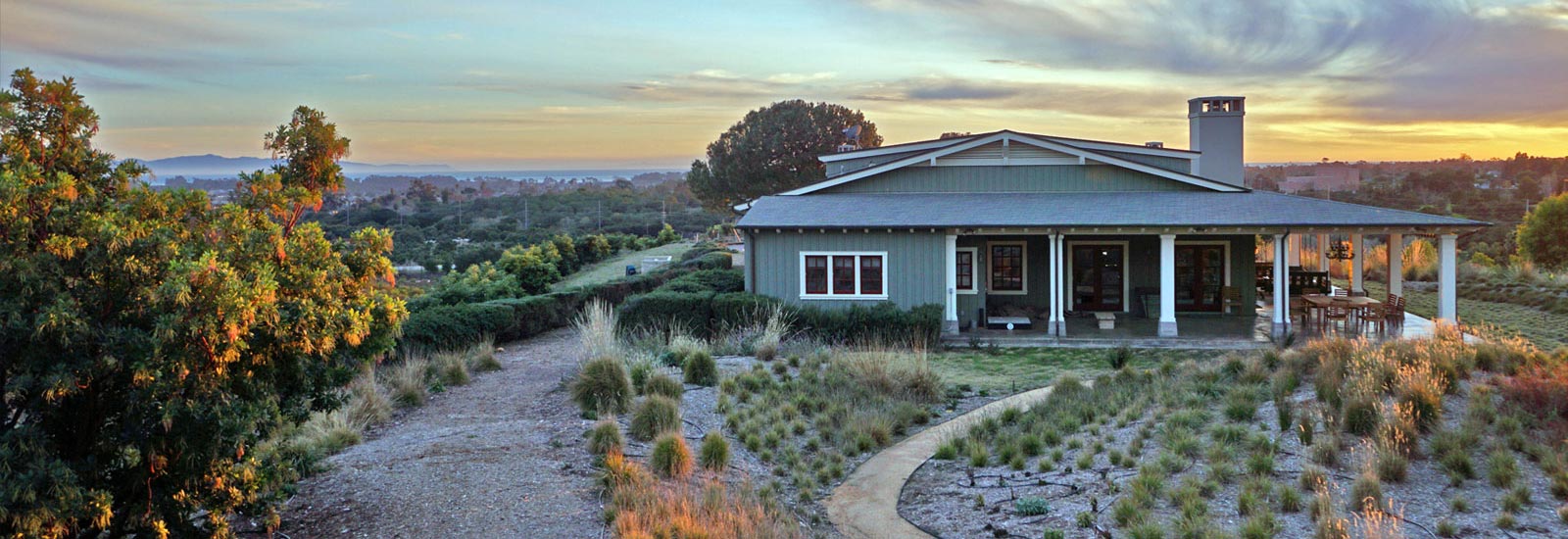Spring is overrated for planting perennials, shrubs and trees. Starting plants in autumn has advantages
for both garden and gardener.
Fall is the best time to garden, and it’s about time we realized this. Not only is cooler weather easier on new plants and tired bones, but planting in a spent garden with rain on the horizon also has advantages. Here’s more on why planting in fall can make spring gardens more robust than we might have imagined.
Cooler Weather Helps Plants and People
I confess from the get-go that I’m an autumn junkie. I love the cool mornings followed by warm afternoons and a return to coolness in the evenings. I love the leaf colors, which are so much more profound than those of flowers. I love the insects rushing to gather pollen and nectar to overwinter or migrate. I love the smell of decay after a rain shower. I love the first frost hanging on every leaf and stem. But I really love autumn for the gardening energy it provides — I’m not sweating like a hog 30 minutes into planting or dividing, and the soil is very workable, so I can go for hours.
Plants love fall, too. Their leaves aren’t stressed by scorching sun, and cooler temps lessen the demand for water from the roots. I’m a firm believer that fall-dug plants are more robust than spring- or summer-dug plants.
Less Watering Means Lower Maintenance
If you plant in spring or summer, more often than not you have to dutifully keep up with watering during those first few weeks or months. Constant observation of your new darlings gets tedious as the heat ramps ups.
When planting in fall, I water the plants in their pots a few hours before digging so they can soak up what they need, then I stick them in the ground and leave until forever. Now, I’m talking perennials here. For shrubs and trees, it’s good to thoroughly water the soil in the new hole to get it nice and tight around the new roots you’ve teased out from the root ball, and a warm day in January might be perfect for watering if it’s been a dry winter.
This is a bit of a generalization, but overall you might as well save money and buy smaller plants — 3-inch pots and plugs, trees in gallon containers etc. With a smaller root zone that, hopefully, isn’t spun round and round the root ball, you’ll get a plant that will suffer less from transplant shock and become established as fast as, or faster than, a larger specimen.With small pots, it’s easier to tease out the roots so they make contact with the new soil in my garden, and they’re easier to haul around.
The plants will thank you with more robust root systems and hopefully a show worth savoring from the nearest garden bench.
